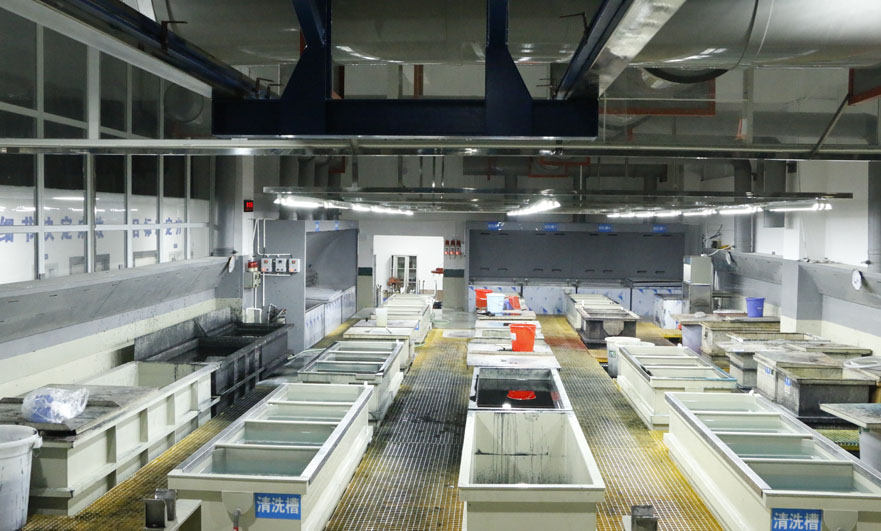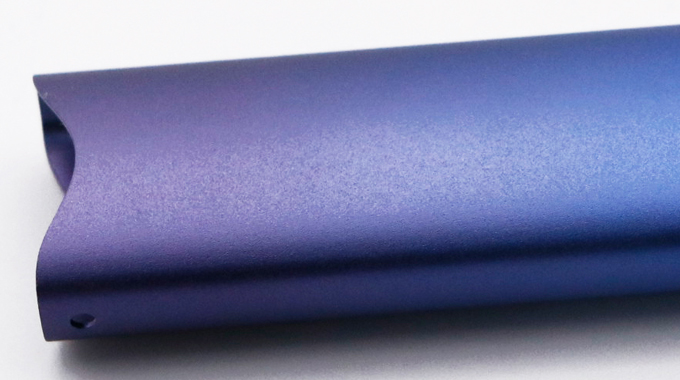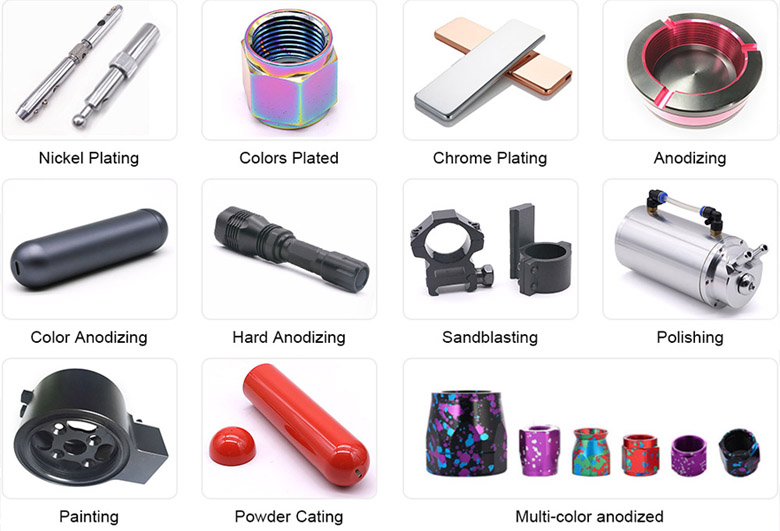15 years one-stop China custom CNC machining parts factory

Hey there I’m VMT Sam!
With 25 years of CNC machining experience we are committed to helping clients overcome 10000 complex part-processing challenges all to contribute to a better life through intelligent manufacturing. Contact us now
 258 |
Published by VMT at Jul 26 2022
258 |
Published by VMT at Jul 26 2022
Today we are happy to share some knowledge about anodizing that can be done on a range of materials, especially aluminum alloys, and makes aluminum CNC machined parts practical and beautiful.
What is anodizing of aluminum CNC machined parts?
Anodizing, sometimes referred to as Type III, provides better corrosion protection and wear resistance in extreme environments or when moving mechanical parts are subjected to a lot of friction. This is produced by continuing the current until the pore depth exceeds 10 microns, all the way up to 25 microns and beyond. This takes more time and is more expensive, but produces better results.
Does aluminum need corrosion protection?
While aluminum doesn't rust, it can deteriorate in the presence of oxygen, which is called oxidation. What is oxidation? It just means react with oxygen. Oxygen is very reactive and readily forms compounds with most other elements. When aluminum is exposed to the atmosphere, it rapidly forms a layer of aluminum oxide on the surface, which provides a degree of protection against further corrosion. But aluminum has to withstand more than pure air and water. Acid rain, salt water, and other pollutants can still take advantage of surface passivation weaknesses. Even modern alloys respond to this environmental exposure, from mere surface discoloration all the way to mechanical failure.
How are aluminum CNC machined parts anodized?
To prepare an aluminum CNC machined part for anodizing, first thoroughly clean and rinse the surface, then place it in some electrolytic solution such as sulfuric acid. An electrolyte is a conductive solution with many positive and negative ions that you want to exchange.
A positive charge is applied to the aluminum, making it an "anode," while a negative charge is applied to the plate suspended in the electrolyte. The current in this circuit causes positive ions to be attracted to the negative plate and negative ions to concentrate on the positive (aluminum) plate.

What is the barrier layer in anodizing?
When excess positive ions escape, an electrochemical reaction results in the formation of pores on the aluminum surface. These holes form a geometrically regular pattern and begin to erode into the substrate. Aluminum on the surface combines with negatively charged O2 ions to form aluminum oxide. This is called a barrier layer and prevents further chemical reactions in these aluminum CNC machined parts.

How to add color to anodizing of aluminum CNC machined parts?
When we think of anodizing, most of us think of colored aluminum. This is the real genius of the process. Beautiful, stable holes etched into the surface are ideal for introducing shades or pigments. The pigment fills all voids to the surface and then seals it permanently. That's why anodized colors are so durable - they can't be scraped off the surface, because the color is actually very dark and can only be removed by grinding away the substrate.
Can materials other than aluminum be anodized?
Yes. Anodizing also works with magnesium, titanium and even conductive plastics. It's cheap, reliable and very durable. That's why it's so commonly used in building accessories, as it's both beautiful and virtually unaffected by weathering.

Ready To Start Your Next Project?
Get Instant Quote

Request a Free Quote
Send us a message if you have any questions or request a quote. We will get back to you ASAP!